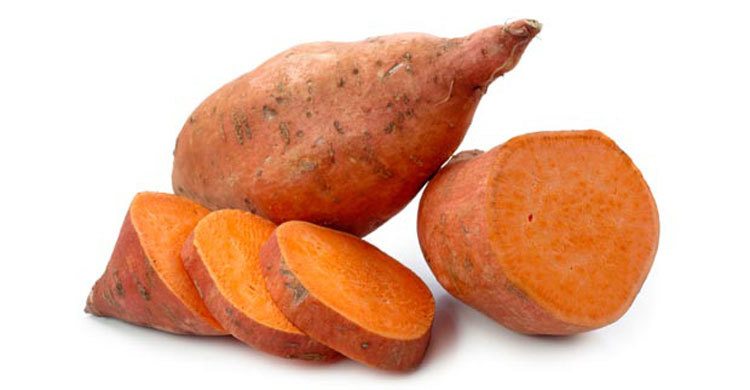Health benefits of sweet potatoes

In spite of its name, sweet potato is not related to the potato family and is quite different nutritionally too.
It belongs to the morning glory family and the potato is a tuber or a thickened stem — the sweet potato is a storage root.
Loaded with nutrients, sweet potatoes have made it to the list of top 10 diabetes super foods by the American Diabetes Association.
Though its origin lies in Latin America, Asia is its largest producer. Its importance is growing and it is the sixth most important food crop after rice, wheat, potatoes, maize and cassava.
High in starch and fiber, the nature of carbohydrates differs from that in potatoes. Its high fiber content contributes to a lower glycemic index 44, which is almost half of potatoes (glycemic index 80).
This property contributes to sweet potato being a useful carbohydrate source for weight watchers and diabetics.
According to a 2004 study led by University of Vienna associate professor Dr Berhhard Ludvik and published in the journal “Diabetes Care,” Type 2 diabetic patients treated with sweet potato saw significant decreases in fasting blood glucose levels and overall improvement in glucose control.
Sweet potato when eaten with the skin has more fiber than oatmeal.
Cooking methods also affect the glycemic index of a sweet potato. For diabetics, certain cooking methods are more conducive to managing blood sugar levels.
Boiled or mashed sweet potatoes, for instance, are not recommended as they are digested faster, thus increasing their glycemic index and possibly causing blood sugar levels to spike.
Similar to fiber, fat will slow the rate of digestion and therefore maintain the low glycemic index.
A cooking method for sweet potatoes that is good for diabetics is sautéing in oil or roasting with the skins on.
Sweet potato comes in a variety of skin colours that range from white to yellow, orange, and deep purple.


